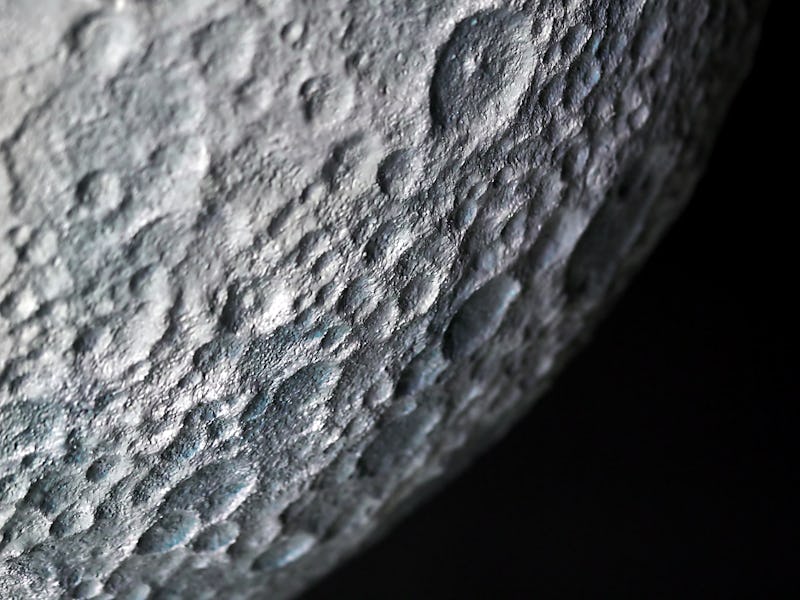You need to see the most elusive lunar eclipse in the night sky
This kind of eclipse can happen several times a decade, but you will likely never notice it.

Total and partial lunar eclipses get all the attention. They’re flashy, charismatic, and the darling of many intrepid stargazer. But there is a third kind of lunar eclipse, one that will grace the winter skies this year.
This is the modest and understated penumbral eclipse.
A lunar eclipse occurs when the Earth’s shadow is cast onto the Moon. This happens then the Earth moves between the Moon and the Sun. However, not all eclipses are the same. The type of eclipse that occurs depends on which part of the Earth’s shadow is cast on the Moon. Light rays from the Sun strike the Earth at different angles. This creates an “inner” and “outer” shadow of the Earth, referred to as the umbra and penumbra, respectively.
There are three kinds of lunar eclipse:
- · Total
- · Partial
- · Penumbral
What is special about the penumbral lunar eclipse?
Total and partial eclipses occur when the Moon either fully or partially enters the shadow of the Earth, blocking the light of the Sun. In a total eclipse, the entire Moon is engulfed by shadow — known as an "umbra." It can also take on an eerie, blood red tint because of the way the Sun's light bends around the shadowing Earth.
In a partial eclipse, the Moon looks like a ball of gelato with a perfect scoop out of it. A partial eclipse is when the Moon straddles the liminal space between the umbra and the "penumbra," which refers to the partial shadow cast by the Earth as it positions itself between the Sun and the Moon.
The penumbral eclipse happens when the Moon moves through Earth's penumbra. Because of the geometry of the Sun-Earth-Moon alignment during these moments, some of the Sun’s light makes it through the penumbra and to the Moon. As a result, a penumbral eclipse doesn’t result in the Moon dramatically darkening or obviously changing color.
What does a penumbral eclipse look like?
Subtle. Unlike a total or partial eclipse, a penumbral eclipse is hard to detect even on a dark, clear night.
At most a penumbral eclipse could result in some shading, with perhaps a little extra darkening at the points where the Moon is closest to Earth's full shadow.
Binoculars or a telescope might make the shading easier to detect. Also, the closer the Moon is to entering the umbra, the easier it is to get eyes on the penumbral eclipse, according to NASA. So some are a little less subtle than others.
How often do penumbral eclipses happen?
About 35 percent of all lunar eclipses are penumbral eclipses, according to eclipse expert Fred Espenak’s website.
NASA’s eclipse website shows that there should be roughly 876 penumbral eclipses per 1000 years — or one every 14 months on average.
When is the next penumbral lunar eclipse?
These are the three dates you need to mark in your calendars to try spot one of these elusive eclipses:
- November 30, 2020: Look up at 4:44 a.m. Eastern. This eclipse will be visible from Asia, Australia, Pacific, and Americas.
- ·May 5, 2023: Look up at 1:23 p.m. Eastern. This eclipse will be visible from Africa, Asia, and Australia.
- ·March 25, 2024: Look up at 3:13 a.m. Eastern. This eclipse will be visible from the Americas.